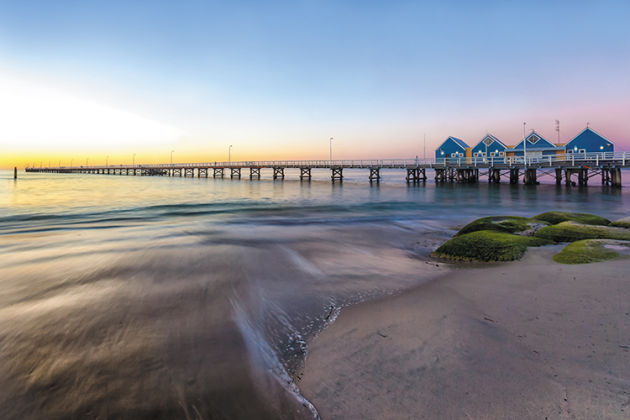
Australian consumers are evolving, says report
Australian drinkers have changed since 2016, according to the latest Portraits report from Wine Intelligence.
It said “with over half of the adult population in Australia drinking wine at least once per month, trying to decipher trends and patterns of behaviour en masse represents a challenge.
“We know that there are different types of wine consumers, from the highly involved to the casual drinker, but this report goes deeper to uncover segments of consumers based on their behaviour and attitude towards wine.”
It found the Australian consumer had evolved over the last three years, and though “some shifts are more noticeable than others, collectively, the changes are enough to lead to an evolution of the wine drinker segments. Most segments have changed their constituent behaviour, prompting new names and proportional shares of the wine drinking population.”
The biggest group it identified, with 27%, was Senior Bargain Hunters. Wine intelligence said it was “one of the oldest wine drinking segments with a small share of total spend. Time in the category has led to relatively strong wine knowledge, but low involvement. However, they still purchase from a narrow repertoire of wine styles and brands, being strongly value driven.”
The next largest was Mainstream Matures, with 19%. The majority of people in this group are “aged over 45 with equal male and female representation. They demonstrate the highest levels of knowledge, involvement and confidence of all segments in the wine category and are very value driven wine consumers.”
Kitchen Casuals and Social Newbies both had 16%. Social Newbies are the “youngest segment with the majority of wine drinkers under 35 years old and a higher proportion of men. They are more likely to drink wine in the on-premise or in a social setting. Their limited experience means they have less knowledge of wine and are more likely to ask for recommendations from friends and family when choosing wine".
Kitchen Casuals are "over 45 years, while drinking wine infrequently and almost exclusively at home. They have the lowest overall spend on wine and demonstrate limited knowledge, tending to stick to what they know".
Behind them, with 13%, were Contented Treaters who are aged between “24 to 44 years old and skewed female, with reasonable levels of wine knowledge, involvement and willingness to spend more per bottle of wine. Their low levels of wine consumption frequency leads to to low levels of confidence".
Finally, with 9%, were Engaged Explorers. One of the “younger segments, typically under 44 years, with a higher proportion of men. They are the most frequent wine drinkers and the highest spenders, buying from a broad repertoire of wine styles, countries and regions. With a high level of confidence yet mid-level knowledge of wine, which is a reflection of their relatively shorter time as wine drinkers".
Wine Intelligence said “reading the report, it is important to note that each consumer group has its own needs and merits. Higher value consumers may offer a tempting target because they tend to buy more expensive wines more frequently; on the other hand they tend to have broad portfolios and the competition for their attention is intense. Lower value consumers may shop for wine less often and spend less, but can still represent significant opportunities for producers whose strengths align with lower cost, consumer-friendly products".




